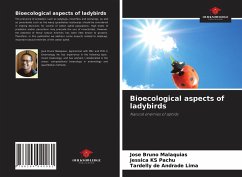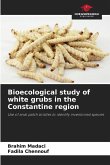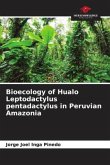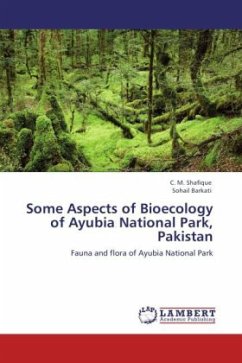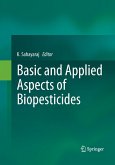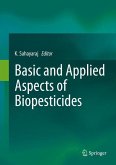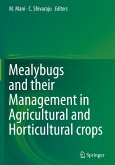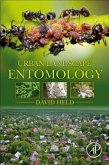The presence of predators such as ladybugs, hoverflies and lacewings, as well as parasitoids such as the wasp Lysiphlebus testaceips should be considered in making decisions for control of cotton aphid populations. High levels of predation and/or parasitism may preclude the use of insecticides. However, the potential of these natural enemies has been little known to growers. Therefore, in this publication we address some aspects related to ladybugs, important natural enemies of the cotton aphid.
Bitte wählen Sie Ihr Anliegen aus.
Rechnungen
Retourenschein anfordern
Bestellstatus
Storno

